‘Wormhole’ Spotted Over Alaska Was Actually a Science Experiment
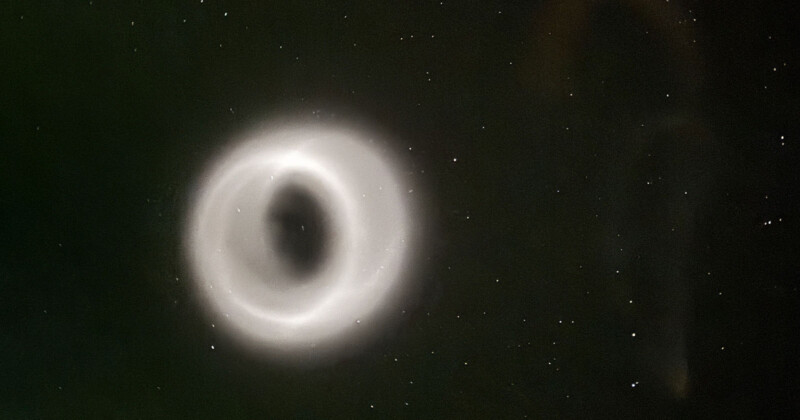
A giant “wormhole” that appeared in the skies of Alaska a couple of weekends ago may have worried some folks on the ground. They needn’t have feared, it was actually a successful science experiment.
Photographers on the ground captured the enormous swirling ring that measured roughly 70 miles high and 15 miles wide.
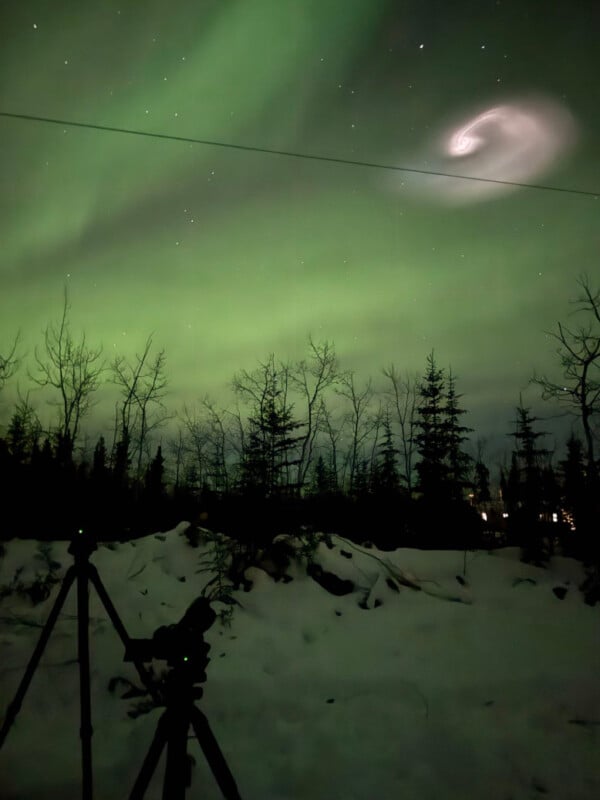

The wormhole came from a sounding rocket launched in Fairbank on March 28. The launch came from a mission called “AWESOME” — which stands for Auroral Waves Excited by Substorm Onset Magnetic Events. Space Weather reports that the team has launched three sounding rockets into the aurora borealis.
“The ring was spectacular. It was extremely bright and absolutely unmissable,” Mark Conde, a space physics professor at the University of Alaska Fairbanks Geophysical Institute, says on AWESOME’s interactive mission website.
“Anyone who was outside at the time and looked up would have been treated to a visually, stunning and appealing display in the sky.”
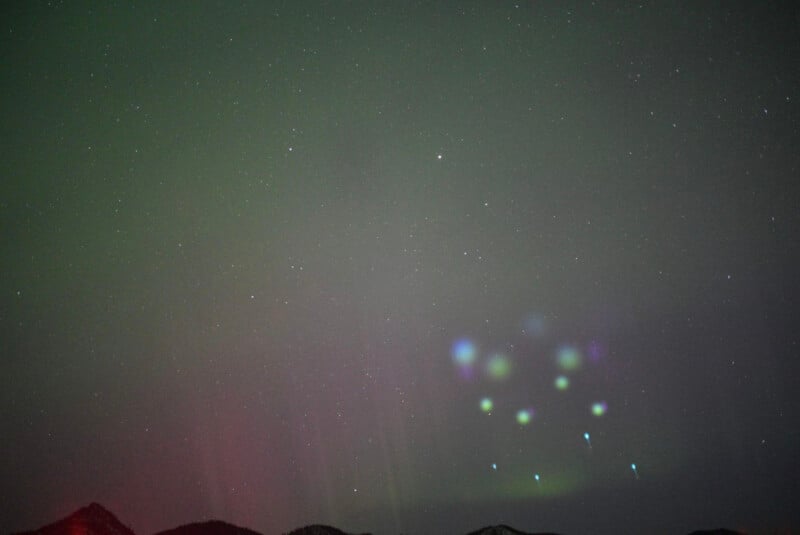
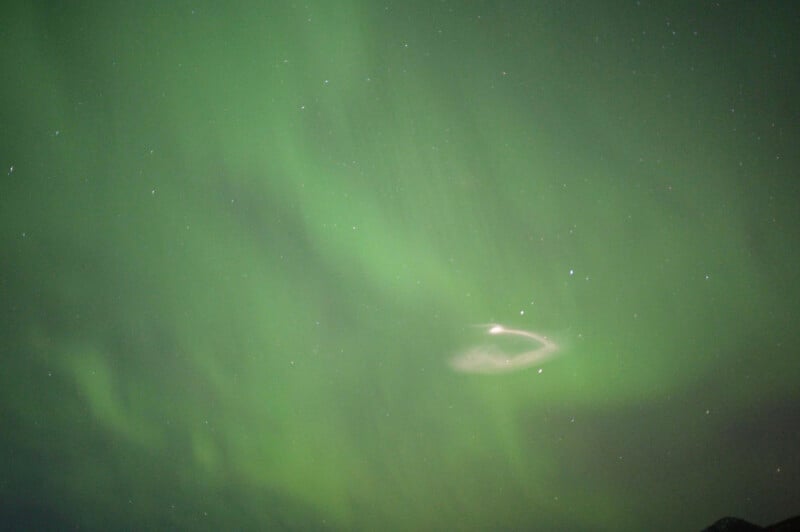
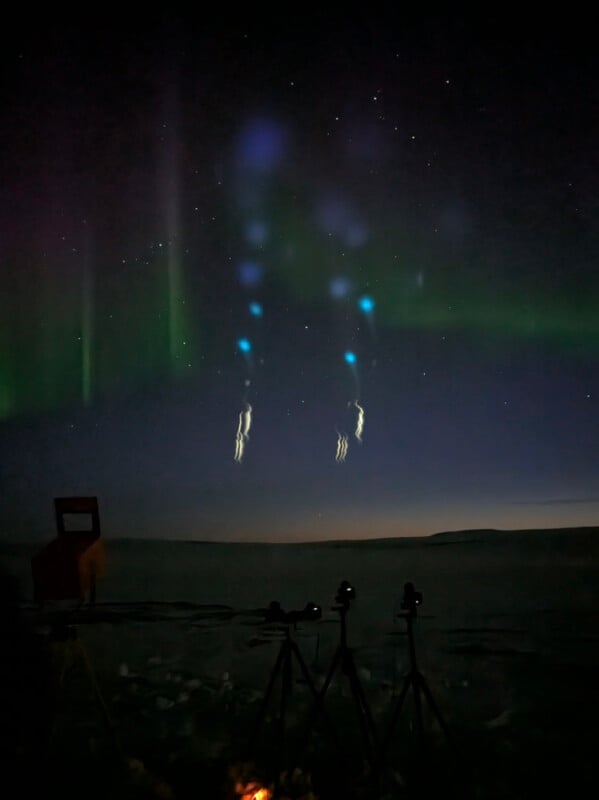
“This very clean ring shape was easy to track. Looking at the way it distorted over time gives us a detailed view of local-scale motions in the atmosphere,” Conde adds.
The AWESOME project aims to learn how auroras make the upper atmosphere move like boiling water. Usually, the top layer of the atmosphere — the thermosphere — doesn’t have convection because it’s hotter at the top and cooler below, which stops that kind of motion.
But when auroras appear, they can heat the lower part of the thermosphere, shaking things up like a pot on a stove. The AWESOME rockets release vapors to track this movement, which can affect satellites and navigation systems.

“Change in composition of the atmosphere has consequences for communication, navigation, and spacecraft operations,” Conde says on the AWESOME website. “And we need to know the extent of those consequences.”
Conde tells Space Weather that the mission has been a success and the team is now combing through the data.
Image credits: University of Alaska Fairbanks